Time to Read: 4 minutes
Play On Shakespeare blossomed from the love of language—specifically, Shakespeare’s texts. While many scholars and theater professionals have had the privilege of and time to dive into his works to better understand his poetry and prose, many audiences still feel alienated by the archaic language. Inaccessibility to Shakespeare’s words has been a barrier for many, whether one’s first language is English or not.
Play On Shakespeare sought to see if it was at all possible to bring his words into the contemporary world, to make slight adjustments that illuminate his humor, references, and metaphors for the audience of today. It was an experiment—a thrilling one at that. But playwrights, dramaturgs, actors, and directors climbed onboard to enthusiastically say, “Yes. Let’s try it.”
In this past year alone, Jeff Whitty’s A Midsummer Night’s Dream has brought together audiences across the U.S. at various organizations. In July, San Francisco’s Inferno Theatre produced the magical play directed by Inferno’s Artistic Director, Giulio Cesare Perrone. “I have directed and produced A Midsummer Night’s Dream twice,” he says. “First in 2017, working with the original Shakespeare text, and now in 2024 with Jeff Whitty’s translation. I can say that Jeff’s translation does what I wanted to do in 2017 but couldn’t. That is, to simply read Shakespeare’s story almost without the need of a dictionary.” As for Inferno’s audiences, Perrone believes that to understand Shakespeare means to truly understand the language. He states that “language is a living process that changes with time. I think people need to understand the vocabulary of his time to fully appreciate the beauty and poetry of Shakespeare.”
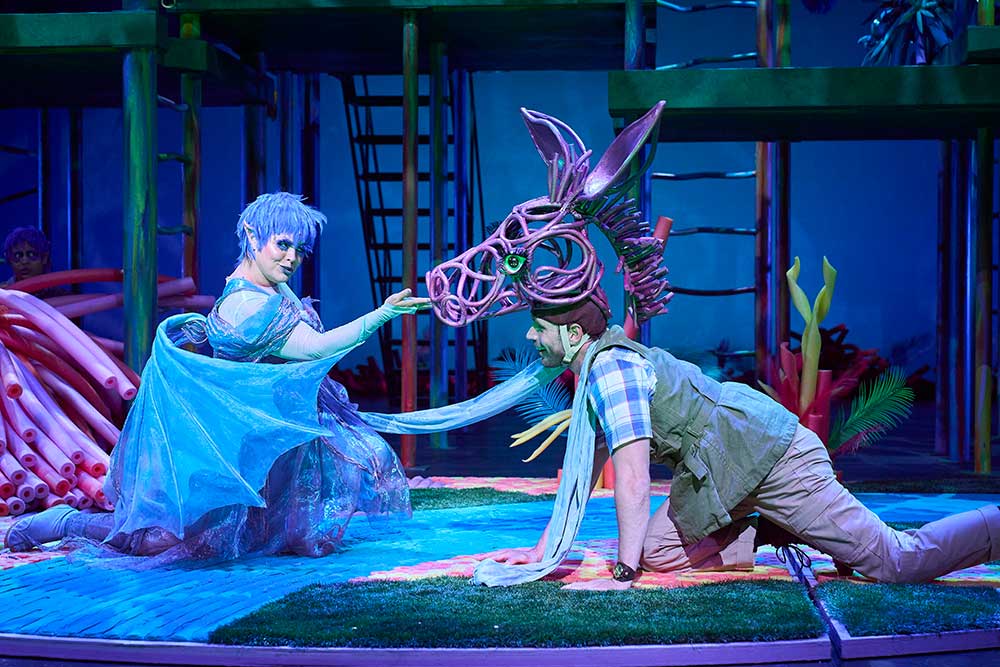
The translations have also proven helpful to actors in various productions. Actor Nick Steen, who plays Bottom at the Great Lakes Theater, was originally hesitant to the idea of a translated Shakespeare text. In a production preview video posted by Great Lakes, Steen says, “What I was scared of losing is the challenge of trying to take these giant ideas and communicate them in a way that the audience comes on board with me instantly,” he says. What he found is that the ideas are still just as large through a translation—but more accessible to reach and examine. Steen emphasizes that “The iambic pentameter is retained. The rhyming scheme is retained. And it requires the same musculature and facility from the artists to be able to communicate those ideas. As soon as I still had that, it had its hooks in me. I was invested.”
When Artistic Director of Great Lakes Theater and Idaho Shakespeare Festival met with Lue Douthit for a Boise State Public Radio interview, Bruner shared her hopes for the Midsummer productions at the Idaho Shakespeare Festival and the Great Lakes Theater. Bruner states, “We decided it would be this [the Play On Shakespeare translation] from the very beginning. This is a huge deal for us. A huge deal for the company, the community, and our audiences.”
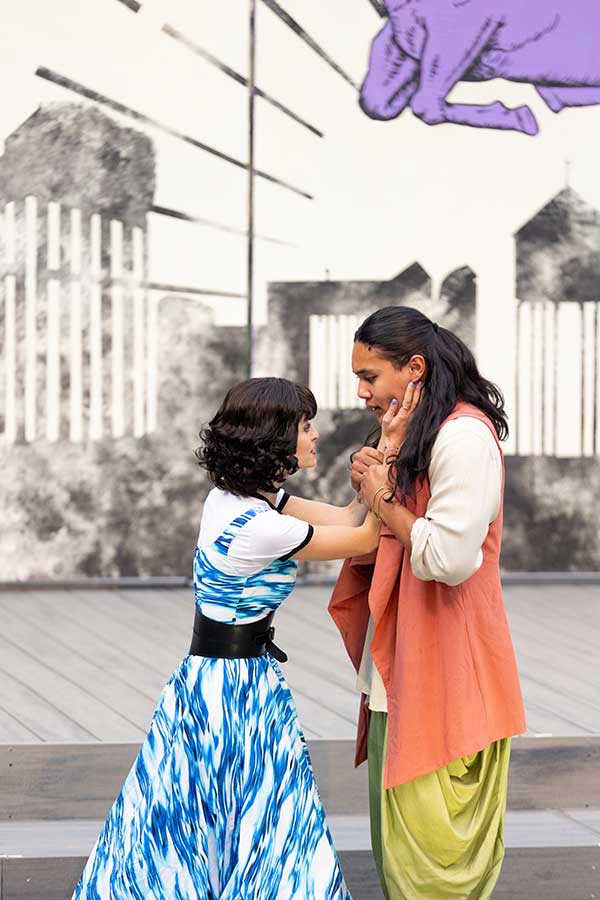
Play On Shakespeare has always been a company focused on the process of exploring and interrogating Shakespeare’s work. It’s about taking the time to understand Shakespeare and share his work with as many people as possible. It’s about bringing access to communities and artists across the globe. It’s about our love of language.
For those who missed A Midsummer Night’s Dream productions this year, you can catch a glance at the translation below by downloading the Midsummer side-by-side! Or, if you want to check out the entire play, request a perusal script for your next production or educational course.
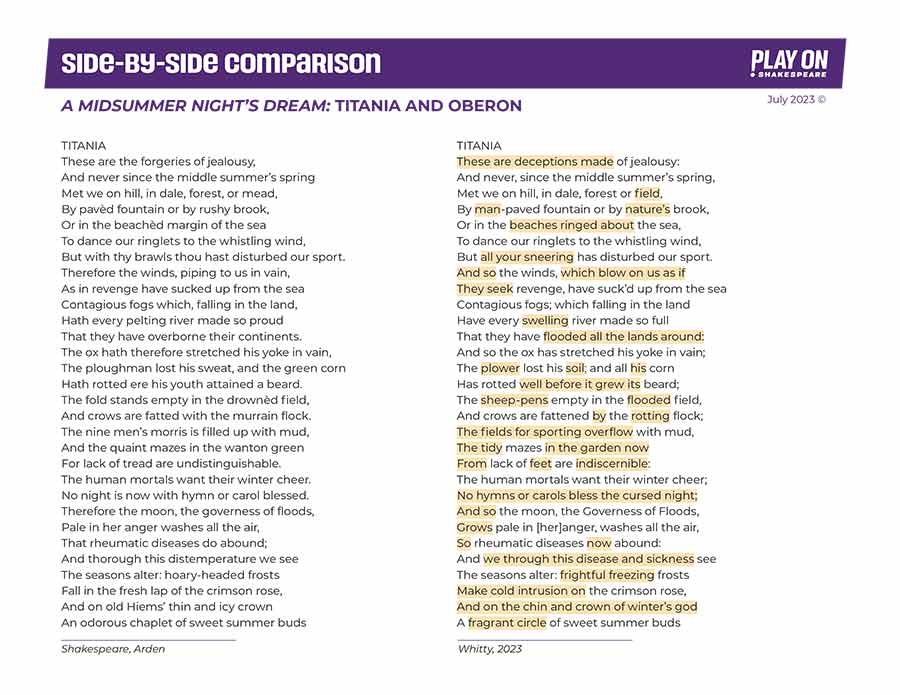
Want to learn more about this translation?
Read about the origins of Jeffrey Whitty’s translation of A Midsummer Night’s Dream, review press articles, find publications and podcasts, and learn more about the artists involved, all in one place!

-

COMEDY is On the Road!
The Acting Company is about to embark on its U.S. tour of THE COMEDY OF ERRORS in a modern verse translation by Christina Anderson, in repertory with August Wilson’s TWO TRAINS RUNNING. -
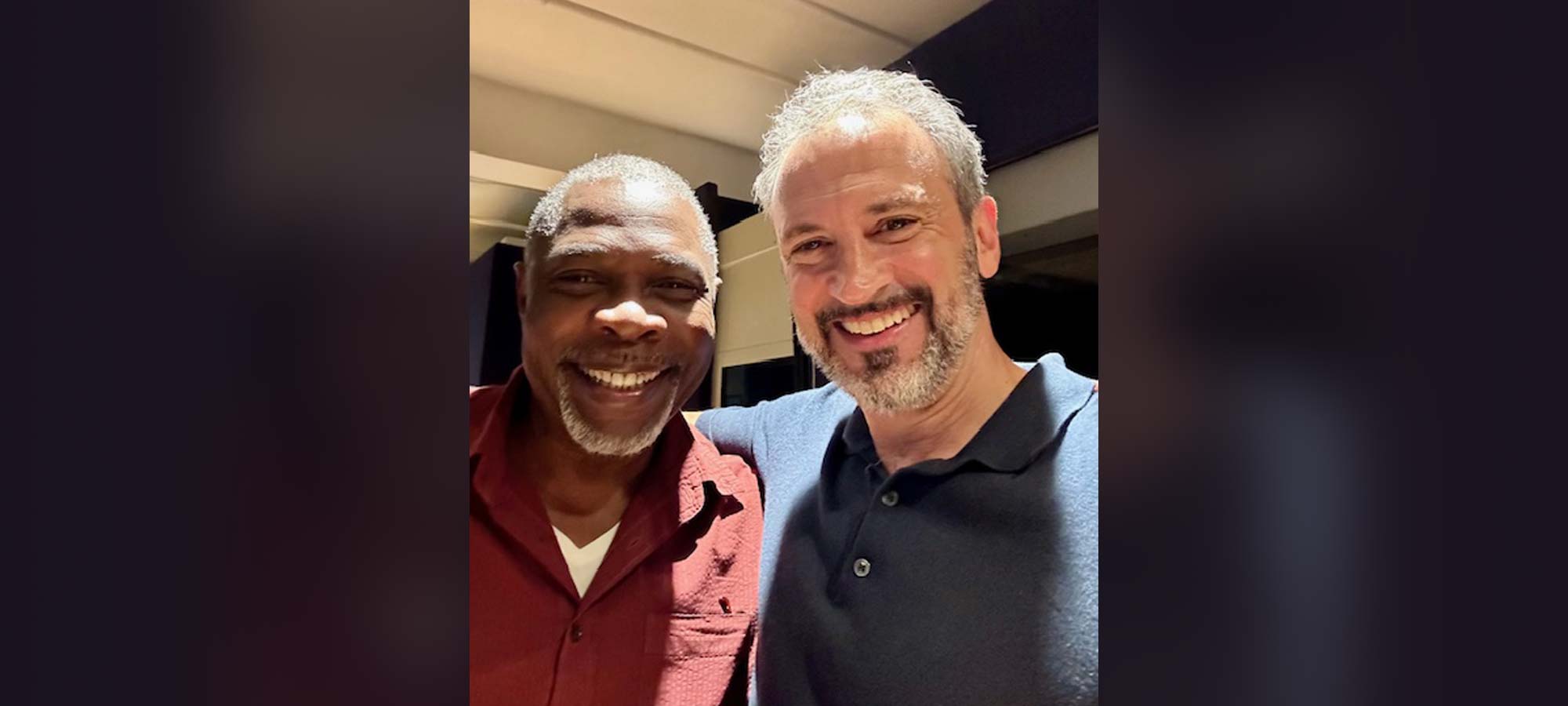
Making Play On Podcasts: An Interview with Michael Goodfriend
Play On Shakespeare interviews Michael Goodfriend, Head of Scripted Fiction at Next Chapter Podcasts, to talk all things Play On Podcasts! -

The Language of Midsummer
A MIDSUMMER NIGHT’S DREAM has had multiple productions this year—and one key takeaway has been the benefit of accessible language. -
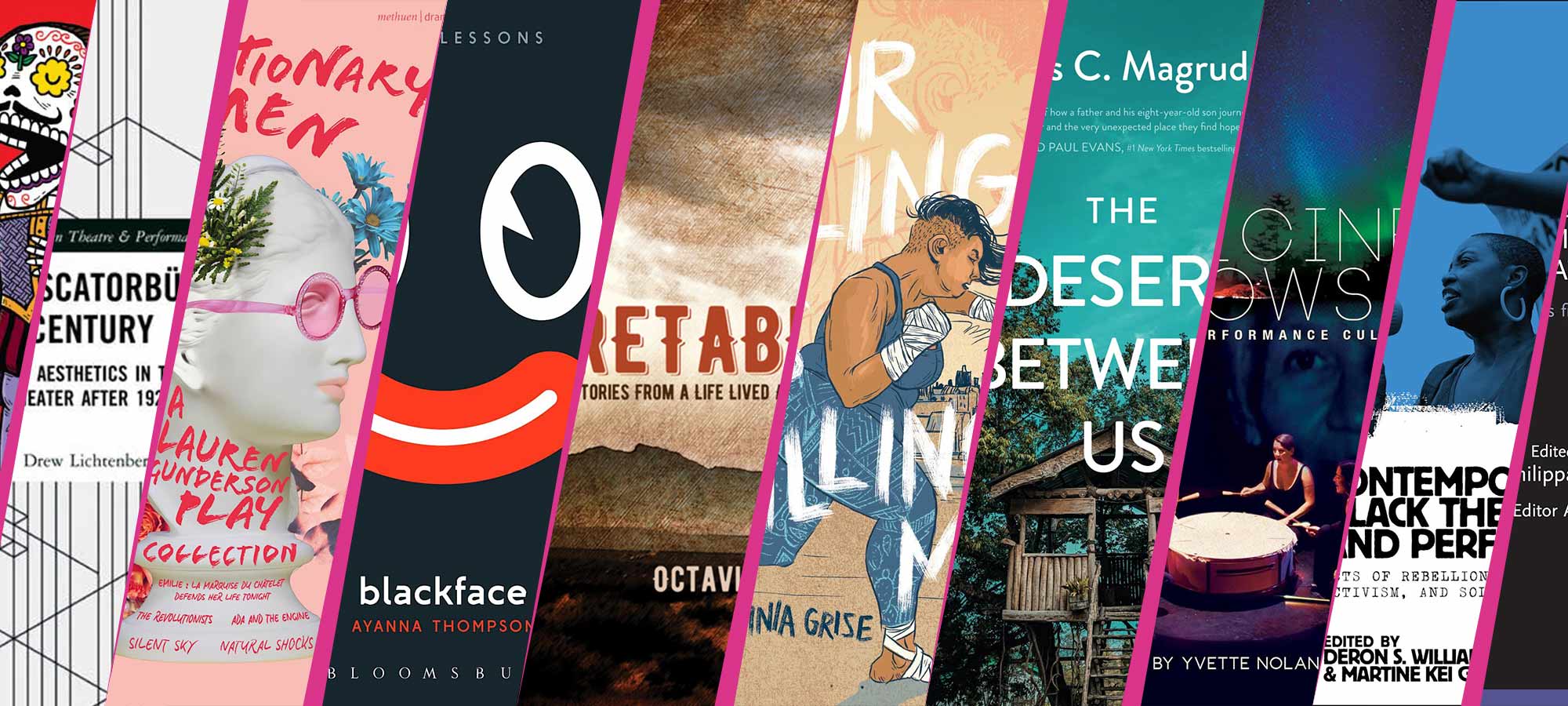
Level Up Your Reading List
This fall, Play On Shakespeare has the perfect reading list for you, with books written by some of our partner artists!
